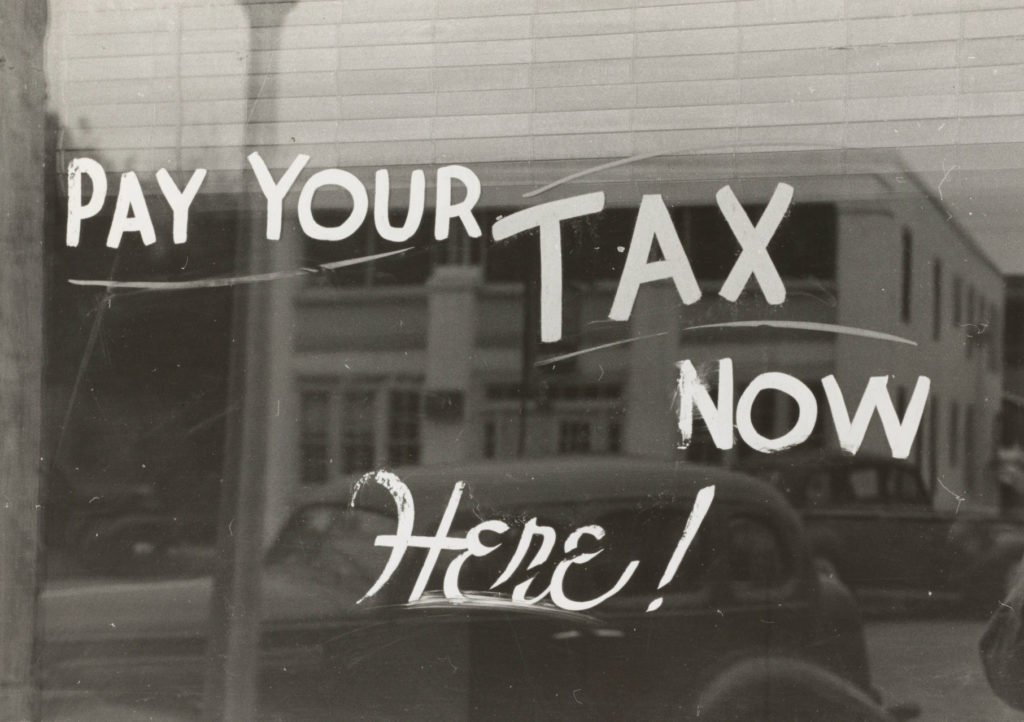
IRS Issues Long-awaited Guidance on Termination of Section 403(b) Plans
Sep 21, 2011
Share to:
The IRS has issued Revenue Ruling 2011-7 (the “Ruling”), which clarifies the requirements for a sponsor to terminate a 403(b) plan, as well as the resulting tax consequences to plan participants in the event of a termination.
In July 2007, the Department of the Treasury issued final regulations governing 403(b) plans. The 2007 regulations required all 403(b) plans to have a written plan document and permitted plan documents to include provisions providing for plan termination and distribution of accumulated benefits. While the regulations included some guidance concerning how termination could be accomplished, many questions have been raised during the last four years on issues that the regulations failed to address. Therefore, the IRS released this latest Ruling to clarify the termination requirements and provide much-needed guidance.
Termination Procedure
To summarize, the steps that must be taken to properly terminate a 403(b) plan are as follows:
- The sponsor must sign a binding resolution to cease future purchases of annuity contracts and to terminate the 403(b) plan.
- All plan participants and beneficiaries must be notified of the termination and provided with notice of their rollover rights under 402(f).
- All benefits under the terminating 403(b) plan must be fully vested and non-forfeitable on termination.
- The 403(b) plan generally cannot make any contributions to any other 403(b) plan (determined on a controlled group basis pursuant to Code Section 414) during the period beginning on the date of plan termination and ending 12 months after distribution of all assets from the terminated plan.
- All accumulated benefits under the 403(b) plan must be distributed as soon as administratively practicable after the plan terminates (generally within 12 months).
Tax Consequences of Distributions on Plan Termination
In addition to the procedures for properly terminating a 403(b) plan, the Ruling also explains the tax consequences of certain distributions which may occur upon termination.
Participants and beneficiaries in plans meeting the termination requirements will not be taxed on distributions made in the form of an individual annuity contract or an individual certificate evidencing fully paid benefits under a group annuity contract until amounts are actually paid out of the contract, so long as the contract maintains its status as a 403(b) contract.
Any other distributions as part of a plan termination are included in gross income, except to the extent the amount is rolled over to an IRA or other eligible retirement plan by a direct rollover or transfer made within 60 days of distribution.
Fact Situations
The Ruling illustrates the proper termination procedure and tax consequences by applying the termination steps and distributions outlined above to four fact situations.
In each of the four situations, the employer sponsoring the plan adopts, prior to the plan’s termination date, a binding resolution to cease purchases under the plan and terminate the plan. The resolution also fully vests all benefits under the plan as of the termination date and directs that all benefits be distributed as soon as practicable thereafter. In all cases, the sponsor makes distributions as soon as practicable and, when required, timely provides Section 402(f) eligible rollover notices.
Situation 1: Individual annuity contracts
In Situation 1, the employer implements the resolution by distributing the fully-paid individual annuity contracts to all participants, alternate payees, and beneficiaries of deceased participants. In addition, participants whose contracts permit them to receive single-sum payments on plan termination receive payments in that form.
Situation 2: Individual and group annuity contracts
In Situation 2, participants also receive individual certificates based on the group annuity contract.
Situations 3 and 4: Individual and group annuity contracts plus mutual funds in custodial accounts under either individual or group agreements
In Situation 3, the sponsor also makes distributions in cash or in kind to participants equal to their account balances under the custodial account. Each provider of a custodial account permits direct rollovers to IRAs or to plans that will accept direct rollovers. The IRS states that the direct rollover of cash may be made to an IRA established by the same custodial account provider and that the participant may invest the rolled over amount in the same mutual fund in which the participant’s 403(b) custodial account had been invested.
Situation 4 has the same funding vehicles as Situation 3, but the underlying 403(b) plan in Situation 4 is a non-government money purchase plan. Distributions from this type of 403(b) plan are subject to the qualified joint and survivor annuity rules.
Summary
Employers sponsoring 403(b) plans should consider whether they want to terminate their 403(b) plan in light of the final 403(b) regulations and IRS guidance. Before doing so, employers should also consider whether their plans must or should be amended to allow for and effectuate the termination. There are a number of factors that should be considered in addressing the possibility of termination, and employers must follow the terms of the individual plan.
Further, the sponsoring employer should consider the impact of terminating the 403(b) plan on particular funding arrangements, and specifically whether termination will result in a taxable distribution event.
Termination of 403(b) plans requires advance planning and awareness of the various legal requirements and the consequences of doing so. Employers interested in terminating their 403(b) plans should consult with their attorney before beginning the termination process to ensure full compliance with the requirements under the 2007 Treasury Regulations and Revenue Ruling 2011-7.
